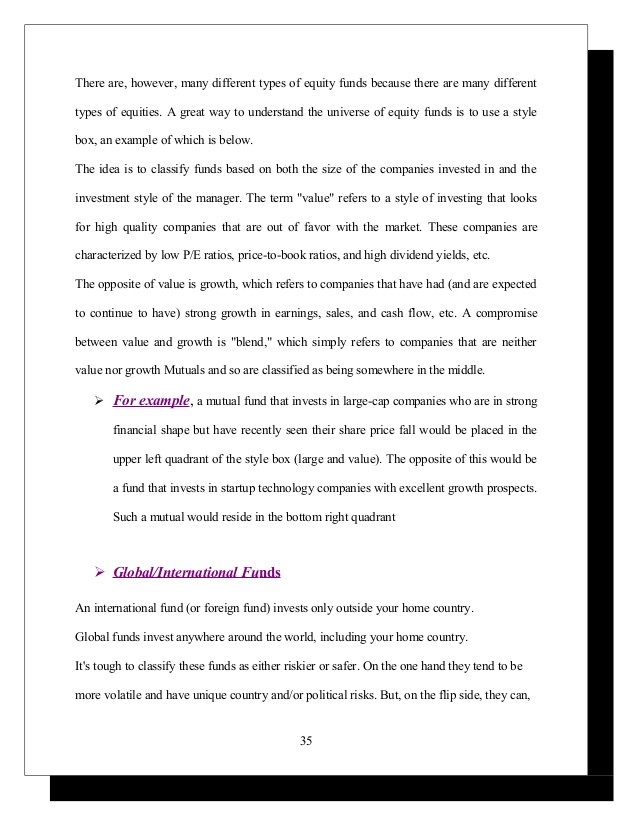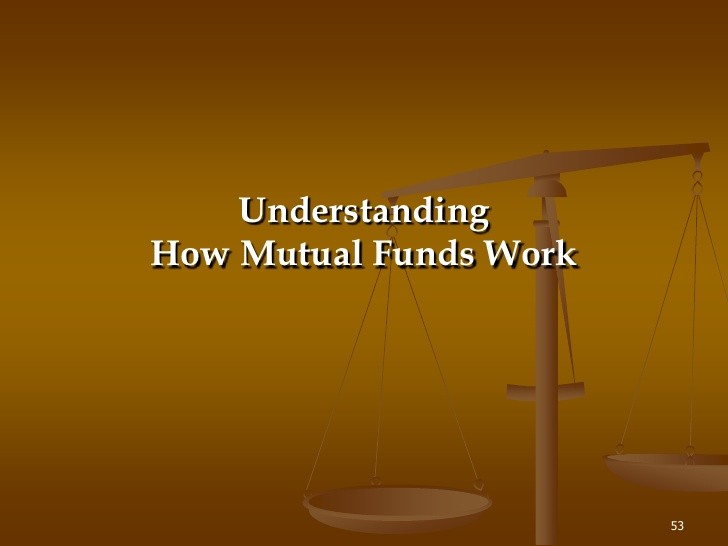Understanding The Mutual Fund Style Box
Post on: 16 Март, 2015 No Comment

Equity Investing: From Style Box to Global Unconstrained
Most investors are probably familiar with the “style box” approach to equity investing, but they may not know that the unintended consequences of this construct may result in underperformance.
In our view, style boxes have constrained managers and limited their opportunity set. Instead, PIMCO sees greater potential benefit to global portfolios in strategies that are unconstrained by a benchmark, and with managers who think about absolute return at least as much as they think about relative return. We believe that stepping outside the style box allows an active investment manager the opportunity to lower volatility and improve downside risk mitigation.
Inside the style box
Let’s quickly review how the style box was often constructed, simplifying to three basic steps.
First, the world was divided by region, style and market cap. Second, an emphasis was placed on the investor’s home market (in this example the U.S.), with international equity added for diversification. And third, managers were hired to fill a very specific and narrow role within the portfolio (see Figure 1).
202012%20Pyne%201.PNG /%
For example, to fill the large cap value box, often several managers were hired – for manager diversification – and each manager typically was instructed to stay within that market segment. They were told not to drift down the market cap spectrum, as mid cap and small cap managers were playing those roles within the portfolio, and they were told not to drift over to growth, as that was the territory of other managers. And importantly, these managers were measured against a market cap and style specific benchmark, in this example the Russell 1000 Value index.
The attractiveness of the style box was twofold. In theory, it allowed investors to precisely control their equity exposures and to hire “specialist” managers who were expected to deliver strong performance in their specific area of focus. However, we believe this style box approach has failed investors.

Unintended consequences of the style box approach
We believe this approach resulted in too great a focus on returns relative to a very narrow index and led investors to have too short of an investment time horizon in which to evaluate their managers. By measuring managers against just a slice of the market, the cycles of style performance often dictated manager success.
Consider investor behavior in the technology bubble of 1999 to 2000. As tech stocks dominated the market, aggressive or momentum-oriented managers tended to outperform their more valuation-sensitive growth-at-a- reasonable-price (GARP) competitors. These GARP managers on average had good absolute returns that in many cases exceeded that of the broad market, but industry flows show that investors tended to hire the more aggressive growth managers to fill their growth boxes. As the bubble burst, though, the valuation discipline that kept many GARP managers largely out of tech stocks helped lessen, for many, dramatic losses. GARP managers appeared “smarter,” having navigated the tech bubble better, and as a result they eventually replaced the momentum players as the growth managers in many investment portfolios.
This dynamic of the timing of manager selection has repeated itself over time, as observed in a 10-year study of manager performance pre- and post-hiring and firing (Figure 2).
202012%20Pyne%202.PNG /%














